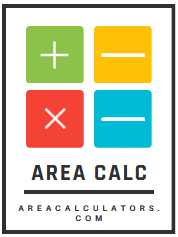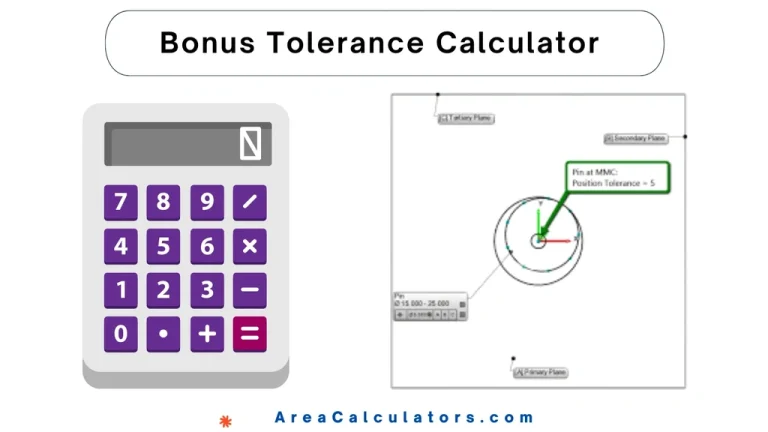Reduction of Area Calculator
First, subtract the final area from the initial area to get the total reduction. Divide this value by the initial area, then multiply by 100 to get the reduction of area as a percentage.
A Reduction of Area Calculator helps calculate the percentage reduction in cross-sectional area after a tensile test. This tool is essential in material science for assessing a material’s ductility and performance under stress.
Formula:
Where:
| Variable | Meaning |
|---|---|
| ROA | Reduction of area (as a percentage) |
| TR | Total reduction in area (initial area – final area) |
| IA | Initial area |
Example Calculation:
Let’s say you start with an initial area (IA) of 100 cm² and after a test or process, the final area is 60 cm². The total reduction in area (TR) is the difference between the initial and final area, which is cm². Using the formula, we can calculate the reduction of area (ROA).
| Step | Calculation |
|---|---|
| Initial area (IA) | 100 cm² |
| Final area | 60 cm² |
| Total reduction (TR) | 100 – 60 = 40 cm² |
| Reduction of area (ROA) |
Answer: The reduction of area is 40%.
What is a Reduction of Area Calculator?
A Reduction of Area Calculator is used to calculate the percentage decrease in the cross-sectional area of a material during a tensile test or wire drawing process.
The formula ROA = (TR/IA) × 100 helps determine the percentage reduction based on the initial area and the total reduction after testing. This is especially useful in mechanical engineering and materials testing to measure ductility and strength.
The tool helps answer questions such as “how do you calculate reduction in area?” and “how to calculate percent reduction in tensile tests?”.
It is commonly applied in tensile tests, wire drawing, and other processes where changes in material cross-sectional area are evaluated.



